√70以上 amazon rainforest food web easy 134690-What is the food web in the amazon rainforest
Amazon Rainforest The Biome Abiotic Factors Biotic Factors Ecology and ecological state Activism Work Cited Food Web The food web starts with producers Some producers of the Amazon are orchids, seeds,banana trees and more Next is the primary consumers They consume the producers for example macaes eat seeds and orchids After the primarySecondary Consumer macaw, sloth, golden lion tamarin monkey Top predator boa constrictor, spider monkey, jaguar Sign in Recent Site Activity Report AbuseTo understand the Amazon Rainforest Food Web, first read about the Amazon Rainforest Biome using this link Then read about the different trophic levels of a typical Food Chain (below) The trophic level is the position that an organism (plant or animal) occupies in a food chain what it eats, and what eats it

Why Do Rainforests Have So Many Kinds Of Plants And Animals
What is the food web in the amazon rainforest
What is the food web in the amazon rainforest-The Amazon is a ManMade Food Forest, Researchers Discover August 1, 18 at 243 pm Most of the edible plants in the rainforest were planted by humans over 4500 years ago, new study finds Modern farmers should look to these ancient forest gardeners for the key to sustainable food productionAmazon Rainforest Food Web Amazon Rainforest Food Web Saved by Exploring Nature Eduational Resource 181 Rainforest Food Chain Rainforest Ecosystem Rainforest Project Rainforest Animals Amazon Rainforest Ecosystems Projects Trophic Level World Geography Biomes More information


Q Tbn And9gctqjb5ctgqnbqjctw6y36yca91 Keiblvcla Vy0xz5w6hv4d1f Usqp Cau
The amazon rainforest Home;The food web continues until an animal dies or decomposes, which means the decaying matter goes back into the soil or bottom of the food chain and the entire process begins all over again The plants in the rainforest play an important role in the rainforest food chain as wellAmazon Rainforest Food Web 6 1 brazil nut tree2 jackfruit tree3 agouti 4 morpho butterfly5 birdwing butterfly 6 macaw7 threetoed sloth 8 tapir 9 bacteria 10 harpy eagle11 jaguar12 boa constrictor13 squirrel monkey 14 toucan15 golden lion tamarin
The amazon rainforest Home;Jul 29, 14 Amazon Rainforest displaying the food web Part of a thematic unit Created by my ELL studentsI love the Amazon Rainforest A lot I especially love reading about the Amazon and watching everything I can about it, kind of like Mount Everest and the HimalayasAnd I can't wait to visit someday, but right now that can't happen, so, here we are with the best books about the Amazon that are going to make it feel like I'm there
Salt and Pepper to taste;Researchers and scientists discover thousands of new insect species every year Because of this, it is hard to know exactly how many insects might call the rainforest homeAlpine Tundra Food Web Maurice Beaulieu II Made By Maurice Beaulieu II


Free Drawings Of Ghosts Download Free Clip Art Free Clip Art On Clipart Library


Http Www Waltonstaffs Com Media Paper 1 The Living World Chapter Pdf
Amazon Rainforest Food Web By Jimmy Pinkow Saprophyte Saprophyte is a decomposer that lives on dead or decomposer matter Poison Dart Frog Poison Dart Frogs are Omnivores, and tertiary consumers, and they can eat anything they come across They have lots of poison and they haveThe Amazon rainforest is the largest, most diverse, and beneficial ecosystem in the world The Amazon rainforest region is a tropical rainforest located in the northern part of the South America continent, it stretches across the countries of Brazil, Bolivia, Ecuador, Peru, Colombia, Venezuela, Suriname, French Guiana and GuianaAmazon Rainforest Food Web By Jimmy Pinkow Saprophyte Saprophyte is a decomposer that lives on dead or decomposer matter Poison Dart Frog Poison Dart Frogs are Omnivores, and tertiary consumers, and they can eat anything they come across They have lots of poison and they have



The Tropical Rainforest Food Web Video Lesson Transcript Study Com



Rainforest Habitats Theschoolrun
Usually enjoyed as the first meal of the day or as an appetizer, tacacho is among the more traditional rainforest foods favored by the indigenous people of the Peruvian Amazon This simple, easytomake recipe comes courtesy of Peru Delights Ingredients 56 Plantains;THE FOOD WEB Powered by Create your own unique website with customizable templates Get Started Photo used under Creative Commons from kvnjnsAmazon Rainforest Food Web Activity To understand the Amazon Rainforest Food Web, first read about the Amazon Rainforest Biome using this link Then read about the different trophic levels of a typical Food Chain (below) The trophic level is the position that an organism (plant or animal) occupies in a food chain what it eats, and what eats it



Land Use And Climate Change Risks In The Amazon And The Need Of A Novel Sustainable Development Paradigm Pnas
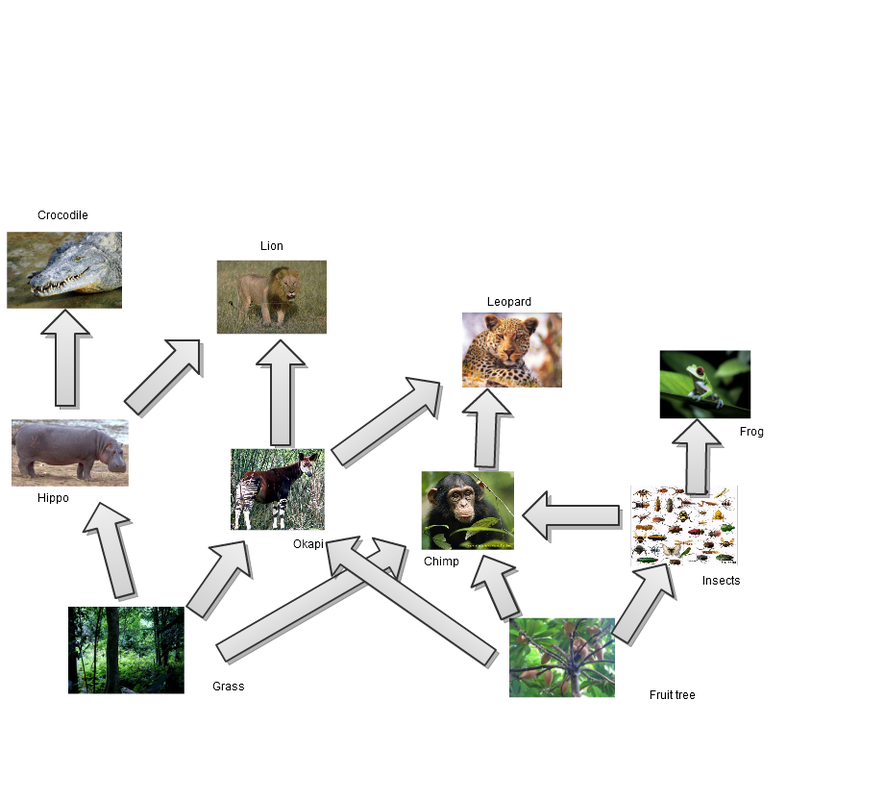


Food Web Congo Rainforest
Amazon Rainforest Food Web By Sai Prakash Kumar ThreeToed Sloth Consumer Bromeliad Plant Producer Jaguar Consumer Howler Monkey Consumer Partula Snail Decomposer Banana Tree Producer The Sun Cup Fungus Decomposer Caiman Consumer Brazillian Tapir Consumer GrassOverall the Amazon Rainforest covers a some 40% of South The ants do not actually eat the leaves, but on fungus Examples of these in the Amazon Rainforest are mushrooms, insects and microorganismsAn example of an Amazon Rainforest Food Web is illustrated below Create your own unique website with customizable templates Live in leaves on the forest floor But they allThe Amazon Rainforest houses 10% of the planet's known species, so there's plenty for wildlife enthusiasts to get excited about Hiding high in the canopy you might spot slowmoving sloths and all manner of monkeys including howler, spider, tamarin, capuchin and squirrel – to name but a few



Tropical Rainforest Population And Community Development And Structure Britannica


Organisms Of The Rainforest The Amazon Rainforest
Feb 16, 21 How to work from home The ultimate WFH guideThe Amazon rainforest, alternatively, the Amazon jungle or Amazonia, is a moist broadleaf tropical rainforest in the Amazon biome that covers most of the Amazon basin of South America This basin encompasses 7,000,000 km 2 (2,700,000 sq mi), of which 5,500,000 km 2 (2,100,000 sq mi) are covered by the rainforestThis region includes territory belonging to nine nations and 3,344 formallyThe future of the world's largest rainforest looks bleak A new report for Environment Science and Policy for Sustainable Development concluded that the Amazon rainforest will collapse and largely become a dry, shrubby plain by 64 Development, deforestation and the climate crisis are to blame, study author and University of Florida geologist Robert Toovey Walker found, UPI reported



Amazon Rainforest Food Web Short Answer Activity



Amazon Rainforest Consumer Food Chain Primary Producers Ecosystem Png 1117x504px Amazon Rainforest Consumer Ecology Ecosystem Ecosystem Ecology Download Free
Amazon Rainforest Food Web ( Block Diagram) Use Creately's easy online diagram editor to edit this diagram, collaborate with others and export results to multiple image formats We were unable to load the diagram You can edit this template and create your own diagramHacienda El Progreso Rainforest Alliance Certified Coffee, Ground Medium Roast, 16 oz (1 pound) 100% Arabica Nicaragua's Finest Coffee 45 out of 5 stars 30 $1450 $ 14 50 ($091/Ounce)2 Meat A wide variety of filling meat dishes form another popular staple of the Amazonian region In Brazil, maniçoba, is a dish made from the leaves of the manioc plant (which need to be simmered for seven days to remove poisonous hydrocyanic acid) combined with various pieces of bacon, sausage and other types of salted pork Perhaps the most famous dish of the Brazilian Amazon is the


Www Europarl Europa Eu Regdata Etudes Idan Ipol Ida En Pdf
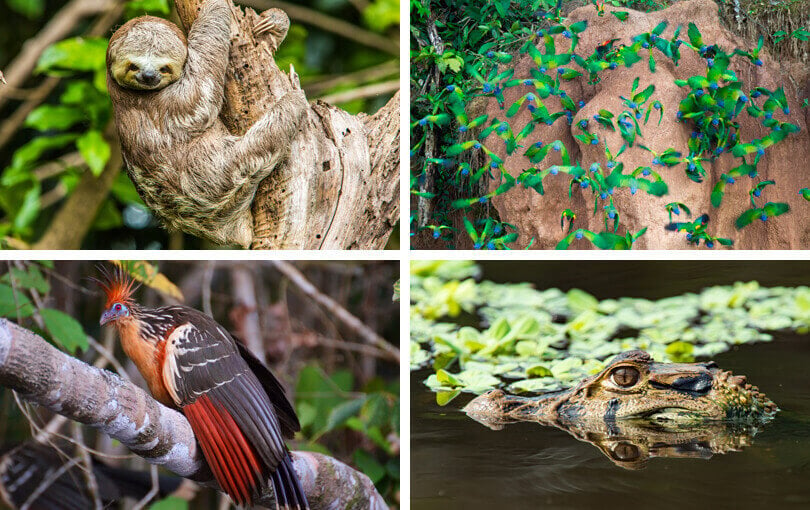


Top 6 Things To Do In The Amazon Rainforest
Amazon Rainforest Insects The Amazon Rainforest is home to an incredible variety of insects Over 90% of all Amazon Rainforest animals are insects!Fungi and bacteria, small but vital actors of the rainforest food web convert dead organic matter into compounds that become available to the roots of plants In this task they are assisted by a range of other organisms that obligingly perform key functions in processing organic matterMade with Explain Everything Very easy to make Food Chains for Kids Food Webs, the Circle of Life, and the Flow of Energy FreeSchool Duration 458 Free School 1,102,857 views


Evelyngraceacademy Org Sites Default Files Section b unit 1 Compressed Pdf



Tropical Rainforest Food Web Science Project Education Com
Amazon Rainforest Animals Brazil is home to thousands of Amazon rainforest animals, each unique in their own special way It's amazing to think about the fact that nearly 60% of the rainforest is in Brazil and in that part of the Amazon rainforest reside almost 1/10th of the world's animal species!Amazon RainForest food web Kathryn This is my Amazon RainForest food web I had to make for a science project FOOD WEB Amazon Rainforest Awesome Animals Prey Predators Direct Indirect 5 years 11 months ago;A food web is a sequence of what eats what in a community of animals It starts with the least dominant species (producer), and ends up with what ever the most dominant animal is Below is an example of a food web for you to see


What Type Of Ecosystem Is The Amazon Rainforest Quora



Amazon Rainforest Food Web Activity
To understand the Amazon Rainforest Food Web, first read about the Amazon Rainforest Biome using this link Then read about the different trophic levels of a typical Food Chain (below) The trophic level is the position that an organism (plant or animal) occupies in a food chain what it eats, and what eats itAn example of these in the Amazon Rainforest are the trees, shrubs, bromeliads and other plants 2 Highest order consumers – These are the animals that are at the top of the food chain as they do not have any predators but do not necessarily eat the producers Examples of these in the Amazon Rainforest are jaguars, gorillas and anacondas 3Next, we will learn about the energy pyramid When an animal eats another animal, they only get 10% of the energy of the animal they ate This process goes on until the last animal dies So, if an
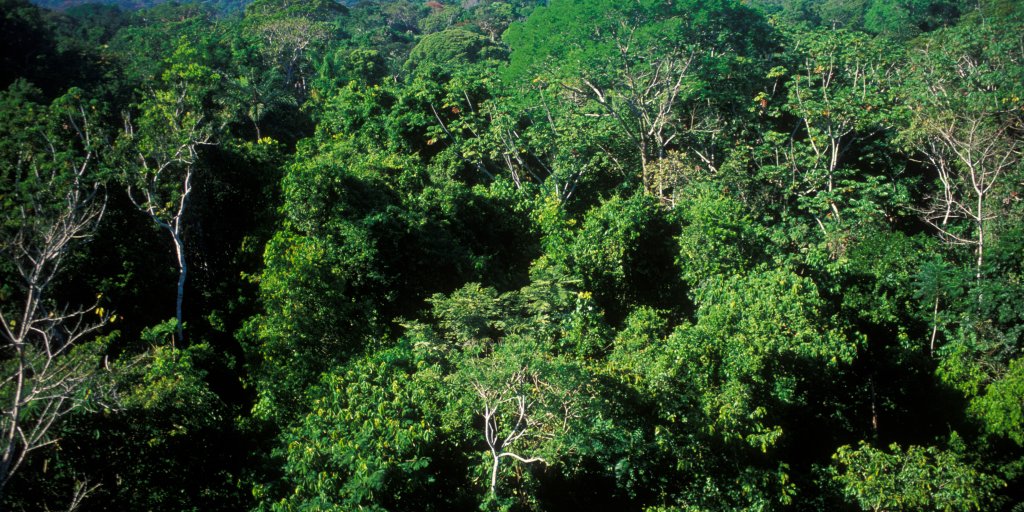


Uncontacted Tribes Should We Leave Them Alone Time



Food Chain And Food Web Quiz Internet Geography
THE FOOD WEB Powered by Create your own unique website with customizable templates Get Started Photo used under Creative Commons from kvnjnsI General Information II Diagrams III Climate Human Impacts Other NOTE Blue arrows show animals breaking down all dead organisms in each trophic level Primary Producers (First Trophic Level) 1 Cacao Tree 2 Floating Meadow GrassAmazon Rainforest Food Web By Jimmy Pinkow Saprophyte Saprophyte is a decomposer that lives on dead or decomposer matter Poison Dart Frog Poison Dart Frogs are Omnivores, and tertiary consumers, and they can eat anything they come across They have lots of poison and they have



Section D Energy Flow In Ecosystems Energy Education Concepts And Practices Uwsp
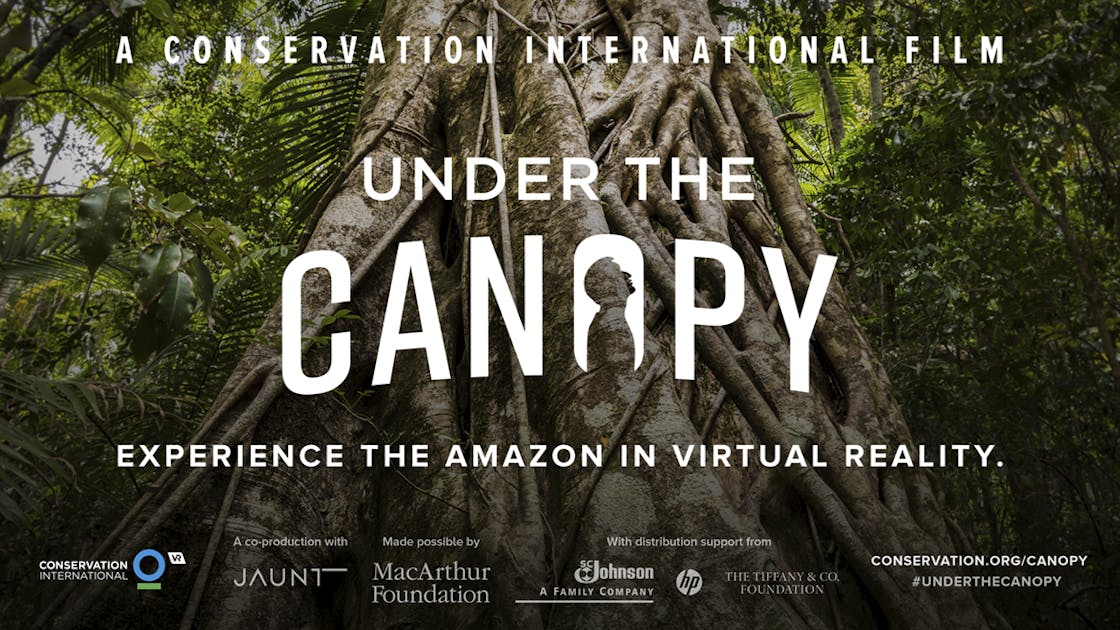


Neq8xaj Pkqf2m
NASA releases satellite images of smoke from wildfires in Amazon Rainforest – Aug 22, 19 "It has a big, big impact on global climate change because of all the emissions that are being releasedA Rainforests are bursting with life Not only do millions of species of plants and animals live in rainforests, but people also call the rainforest their home In fact, indigenous, or native, peoples have lived in rainforests for many thousands of yearsThis picture shows that the Rainforest lost about 800,000 square kilometers due to either natural events or human activities This gradual decline of the Amazon Rainforest's total land area severely affected its habitat Thousands of species of animals went to other locations within the Rainforest to look for food and shelter



Capybara In Food Web



Energy Flow Through Ecosystems Concepts Of Biology
A food web is a sequence of what eats what in a community of animals It starts with the least dominant species (producer), and ends up with what ever the most dominant animal is Below is an example of a food web for you to seeSee all Amazon Rainforest Tours Q Who are indigenous people?This stunning rainforest gives us so much more than interesting plants and animals to learn about, it also gives the Earth a lot of its oxygen!


Zoology Tropical Rainforests Of South America



Tropical Rainforest Food Web Google Search July Themes Rainforest Food Web Rainforest Food Chain Food Web
Jul 29, 14 Amazon Rainforest displaying the food web Part of a thematic unit Created by my ELL studentsFood web of the Tropical RainforestHowever, when discussing the Amazon rainforest, this is impossible The biodiversity of the rainforest is such that not only are there vast numbers of species contained within, but many of them are very rare or endemic to the Amazon region the last reason makes them easy to monitor and the Amazon food web is so complex that if one



Food Production Is A Major Cause Of Climate Change But Farmers Can Be Part Of The Solution In These Times
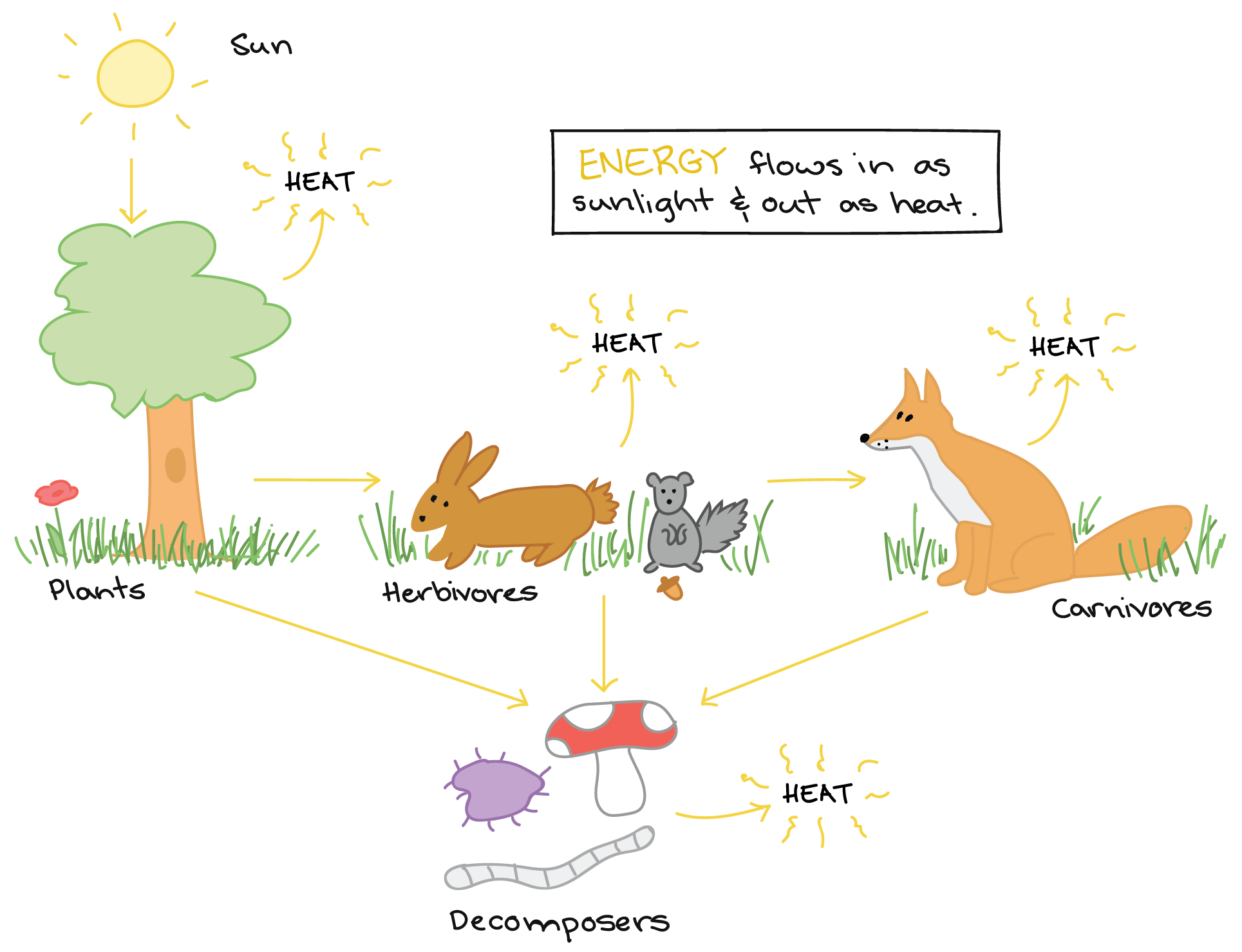


What Is An Ecosystem Article Ecology Khan Academy
Surprisingly, the soil in a rainforest is shallow and has little nutrients In the Amazon rainforest there are over 2,000 species of butterflies They are home to interesting "flying" animals such as squirrels, snakes, and frogs It is estimated that 25% of the ingredients in medicines today come from the rainforestI General Information II Diagrams III Climate Human Impacts Other NOTE Blue arrows show animals breaking down all dead organisms in each trophic level Primary Producers (First Trophic Level) 1 Cacao Tree 2 Floating Meadow GrassThis is an Amazon Rainforest Food Web See if you can identify all the parts of the food web that make this a functioning, healthy ecosystem Look for The Producers the trees, shrubs, bromeliads and other plants The Primary Consumers – the macaws, monkeys, agouti, tapir, butterflies, sloths, toucans The Secondary Consumers – the jaguar and boa constrictor



Science Focus Topic 1 Notes Interactions Within Ecosystems Rainforest Food Web Ecosystems Projects Ecosystems Diorama



10 Easy Ways Kids Can Help Save Rainforests Rainforest Alliance
Amazon Rainforest, large tropical rainforest occupying the Amazon basin in northern South America and covering an area of 2,300,000 square miles (6,000,000 square km) It is the world's richest and mostvaried biological reservoir, containing several million speciesIn a food web animals rely on each other to survive For example, if all of the ants in the rainforest died then everything that eats the ant would be hungry The toucan would probably die and then the boa, the animal that eats the toucan, would probably also die because it wouldn't have any toucans to eatOverall the Amazon Rainforest covers a some 40% of South The ants do not actually eat the leaves, but on fungus Examples of these in the Amazon Rainforest are mushrooms, insects and microorganismsAn example of an Amazon Rainforest Food Web is illustrated below Create your own unique website with customizable templates Live in leaves on the forest floor But they all
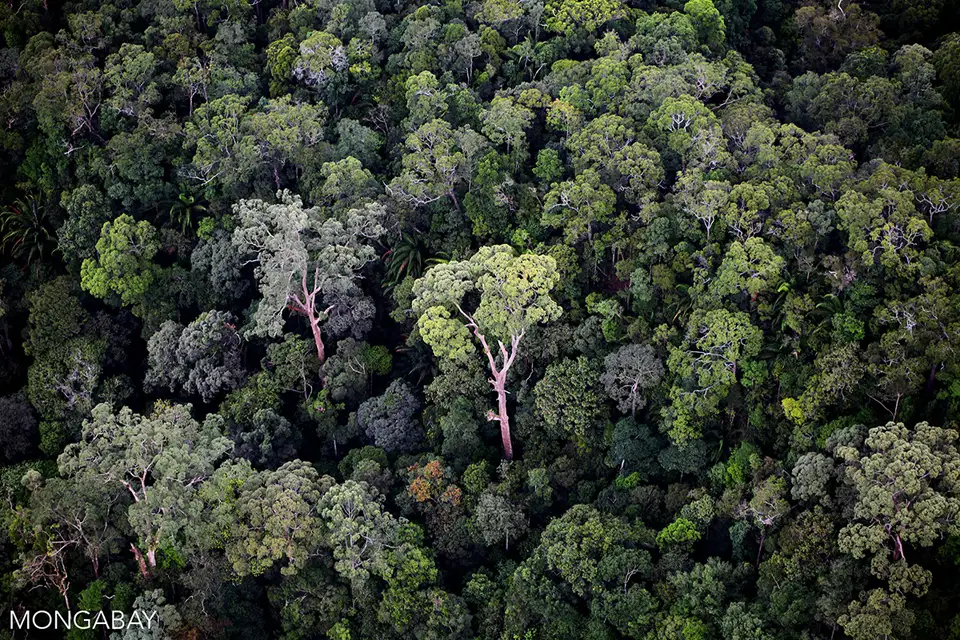


The Rainforest Tropical Forest Facts Photos And Information



Amazon River Food Web Bieber Travel Blog Rainforest Food Web Food Web Food Webs Projects
Feb 17, 21 3 ways to boost your virtual presentation skills;3/4 cup Pork Rinds (aka chicharones) 1 tbsp LardAmazon Rainforest Facts The Amazon Rainforest is a beautiful place that is full of unique animals, millions of miles of trees, and rare species of plants and bugs – some that haven't even been discovered yet!
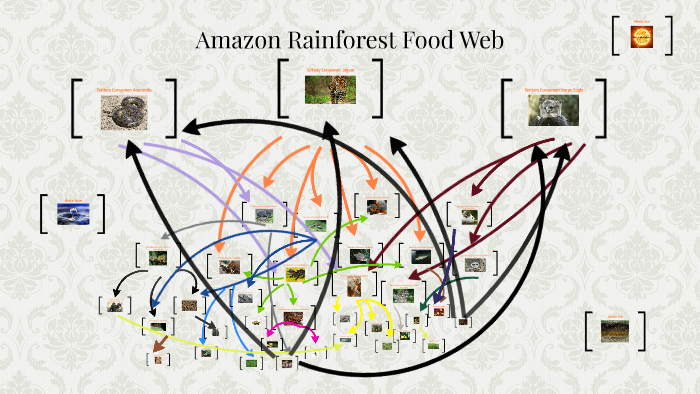


Capybara In Food Web



Amazon Rainforest Food Web Text Images Music Video Glogster Edu Interactive Multimedia Posters
Blog Feb 24, 21 Educators share their 5 best online teaching tips;The Amazon rainforest is the largest, most diverse, and beneficial ecosystem in the world The Amazon rainforest region is a tropical rainforest located in the northern part of the South America continent, it stretches across the countries of Brazil, Bolivia, Ecuador, Peru, Colombia, Venezuela, Suriname, French Guiana and Guiana
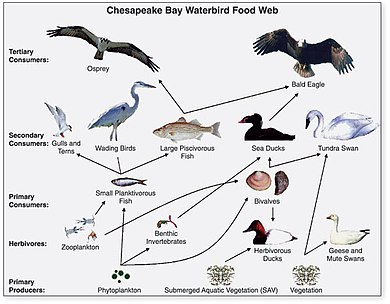


Food Chain Wikipedia


Does The Amazon Provide Of Our Oxygen Yadvinder Malhi


Q Tbn And9gcs Rup96sj Dtr Sdd Uhnbqlwcqkkxci2kypgdov0l0zac8afl Usqp Cau


Cougarbiology Tropical Rainforest Group D


Ie Unc Edu Wp Content Uploads Sites 277 19 09 5th Grade Ecosystems Final Version Web Pdf



Free Rainforest Worksheets For Teaching And Learning About Rainforests



Lost In The Amazon Battle For Survival In The Heart Of The Rainforest Lost 3 A Battle For Survival In The Heart Of The Rainforest 3 Olson Tod Amazon Com Books


Q Tbn And9gcrkb4nqrxfwmj0g4b0wpma9o Mbzu4yomb Zvmt5hny0nopa4la Usqp Cau



Quaternary Consumer Definition Role Expii
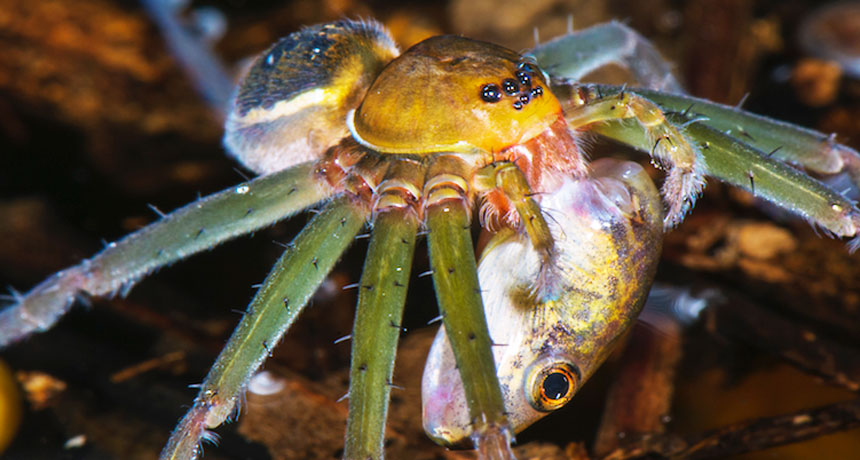


Spiders Weird Meals Show How Topsy Turvy Amazon Food Webs Can Be Science News For Students



Rainforest Food Chain Jpg 3 508 2 480 Pixels Rainforest Food Chain Food Chain Rainforest
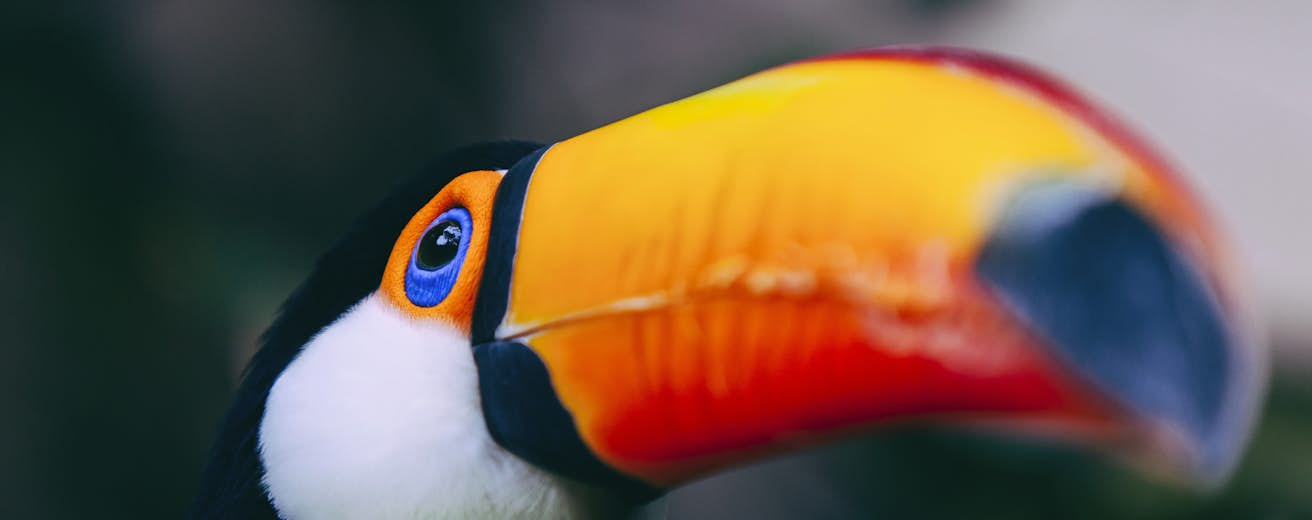


The Amazon Travel Brazil South America Lonely Planet



Rainforest Emergent Layer Rainforest Layers Dk Find Out



5 Ways To Help The Amazon Rainforest Wwf


Wkbalm2nx68xsm



Amazon Rainforest Consumer Food Chain Primary Producers Ecosystem Png 1117x504px Amazon Rainforest Consumer Ecology Ecosystem Ecosystem Ecology Download Free


Q Tbn And9gctqjb5ctgqnbqjctw6y36yca91 Keiblvcla Vy0xz5w6hv4d1f Usqp Cau
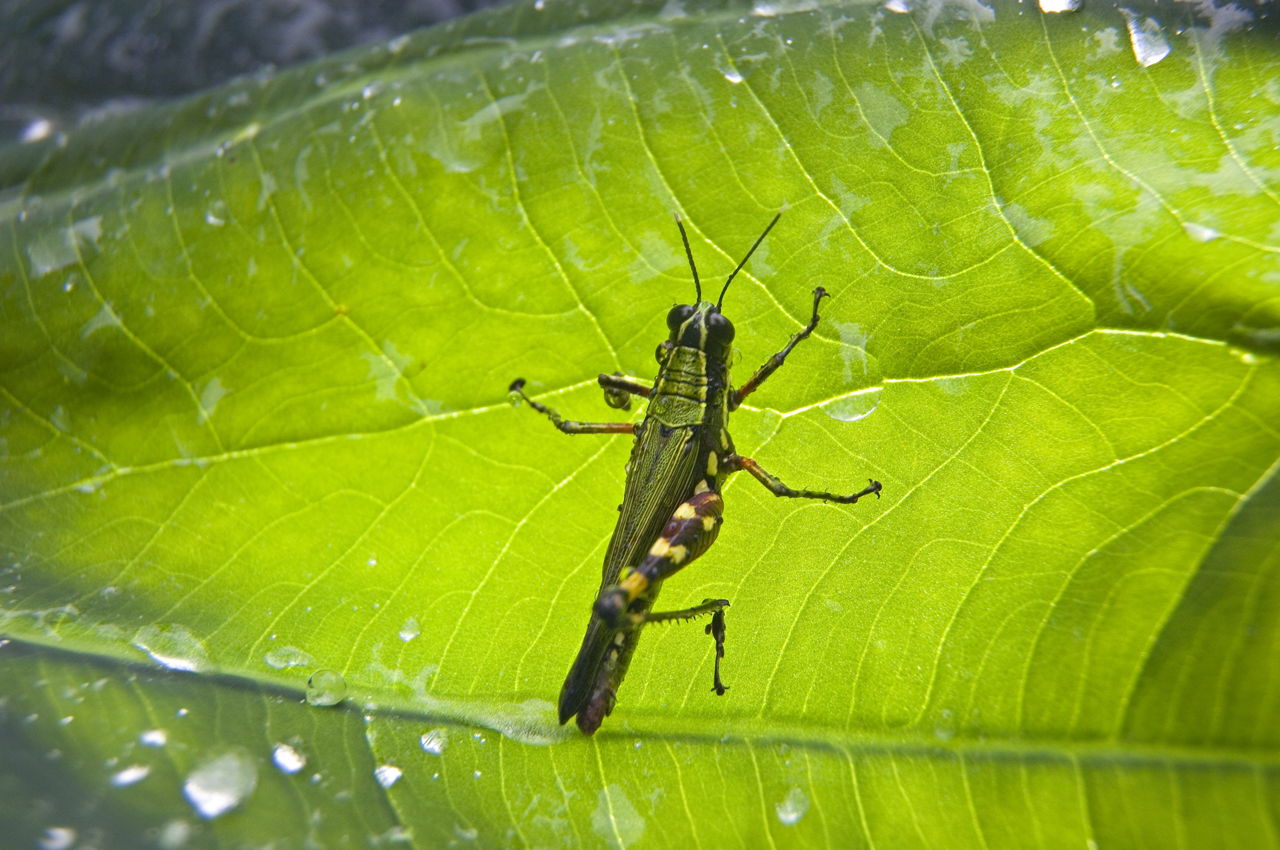


Rainforest Food Web Science Struck



The Differences Between Tropical Rainforests And Deserts



Rainforest Food Chains Heinemann Infosearch Food Webs Lynch Emma Amazon Com Books


Ie Unc Edu Wp Content Uploads Sites 277 19 09 5th Grade Ecosystems Final Version Web Pdf



Unfolding Journeys Amazon Adventure Lonely Planet Kids Kids Lonely Planet Ross Stewart Sparks Jenni Amazon Com Books



3d Geography Helping With The Teaching And Learning Of Geography Rainforest Food Web Food Webs Projects Food Web



Why Do Rainforests Have So Many Kinds Of Plants And Animals



Amazon Rainforest Reversing The Damage From Mercury Poisoning Ieee Spectrum


Food Chain The Rainforest A World Biome
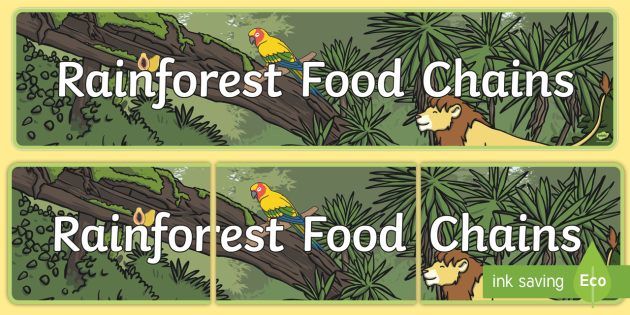


Rainforest Food Chains Display Banner Teacher Made



Amazon Rainforest Food Web Text Images Music Video Glogster Edu Interactive Multimedia Posters



Amazon Rainforest Food Web



Tropical Rainforest Food Web Drawing Drawing Art Ideas



Food Chains Food Webs Article Ecology Khan Academy



How To Visit The Amazon Rainforest In Bolivia Updated 21



Rainforest Food Web Science Struck
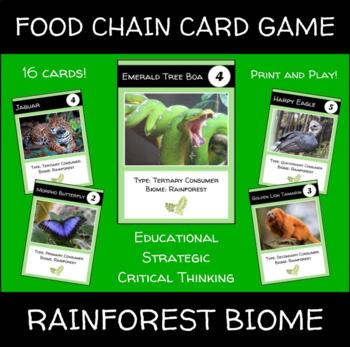


Food Chain Card Game Rainforest Biome Amazon Rainforest By Rack Your Brain



Coral Reef Food Web National Geographic Society


Evelyngraceacademy Org Sites Default Files Section b unit 1 Compressed Pdf
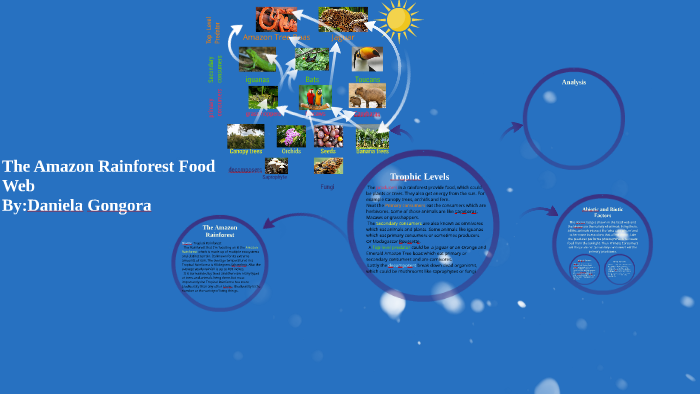


The Amazon Rainforest Food Web By Daniela Gongora



Why Do Rainforests Have So Many Kinds Of Plants And Animals



River Otter Nys Dept Of Environmental Conservation


What Animals Live In The Amazon And 8 Other Amazon Facts Stories Wwf



Amazon Food Web Insight Maker


Rain Forest Amazon
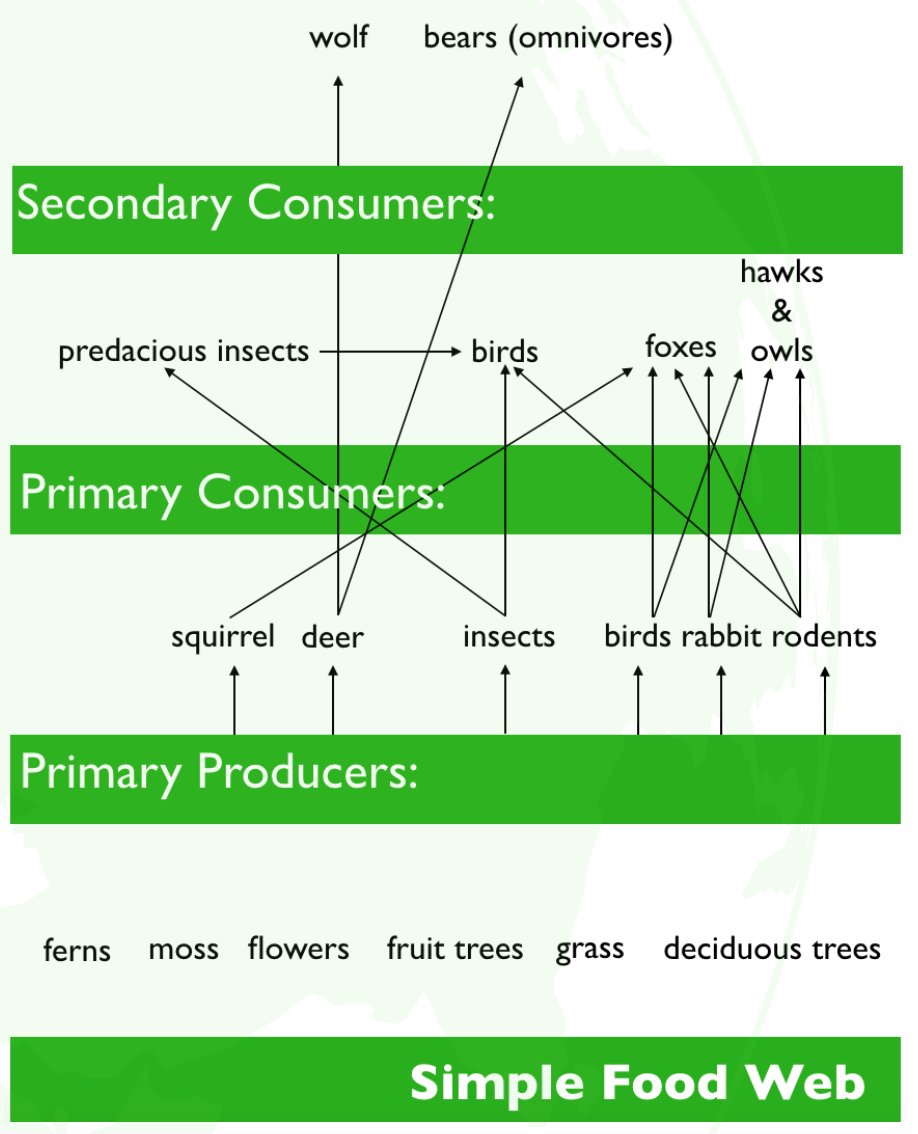


Food Chain And Food Web Quiz Internet Geography



Section D Energy Flow In Ecosystems Energy Education Concepts And Practices Uwsp



Capybara In Food Web


Food Web Tropical Rainforest Biome



Coral Reef Food Web National Geographic Society



Amazon Rainforest Ecosystem Facts Environment Ecology Class Video Study Com
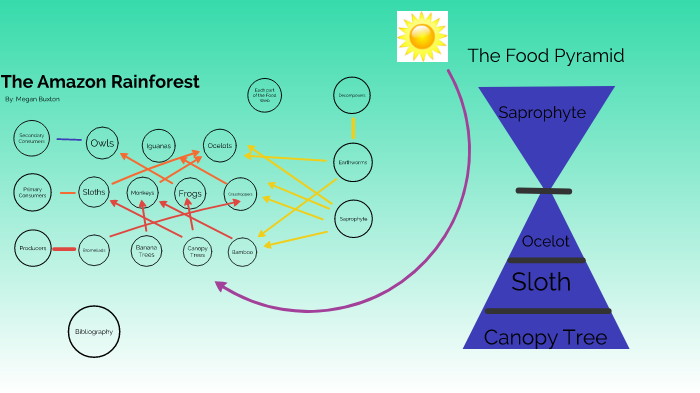


The Amazon Rainforest Food Web By Megan Buxton



Biology Unit 5 Flashcards Quizlet



Why Eating Less Meat Matters For The Protection Of The Amazon The Majority Of Today S Fires In The Amazon Are Caused By Converting The Forests Into Cattle Ranches Through The Slash And



What Happens To Earth If The Amazon Rainforest Is Completely Burned Britannica
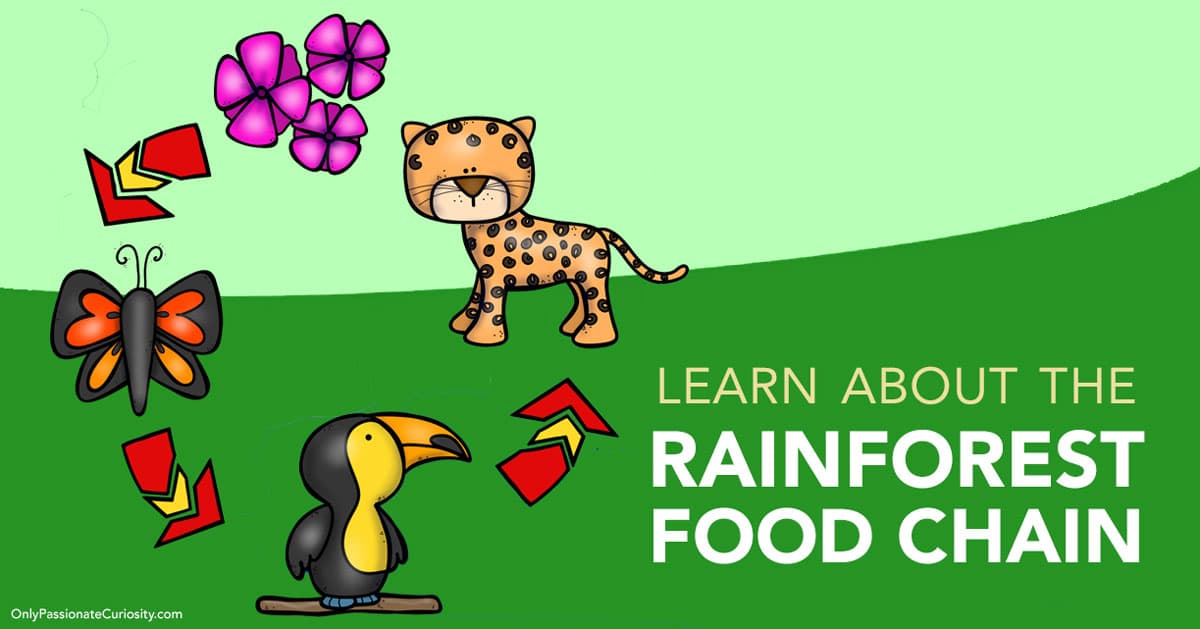


Learn About The Rainforest Food Chain Only Passionate Curiosity



Food Web Coloring Pages Coloring Home



Food Web Insight Maker


Www Forestgatecst Org Sites Default Files Documents Gcse Revision Paper 3 Forests Under Threat Pdf



Rairforest Food Chain Rainforest Ecosystem Youtube



The Amazon Rainforest Simplebooklet Com



26 Questions With Answers In Amazon Rainforest Science Topic



Amazon Rainforest Food Web
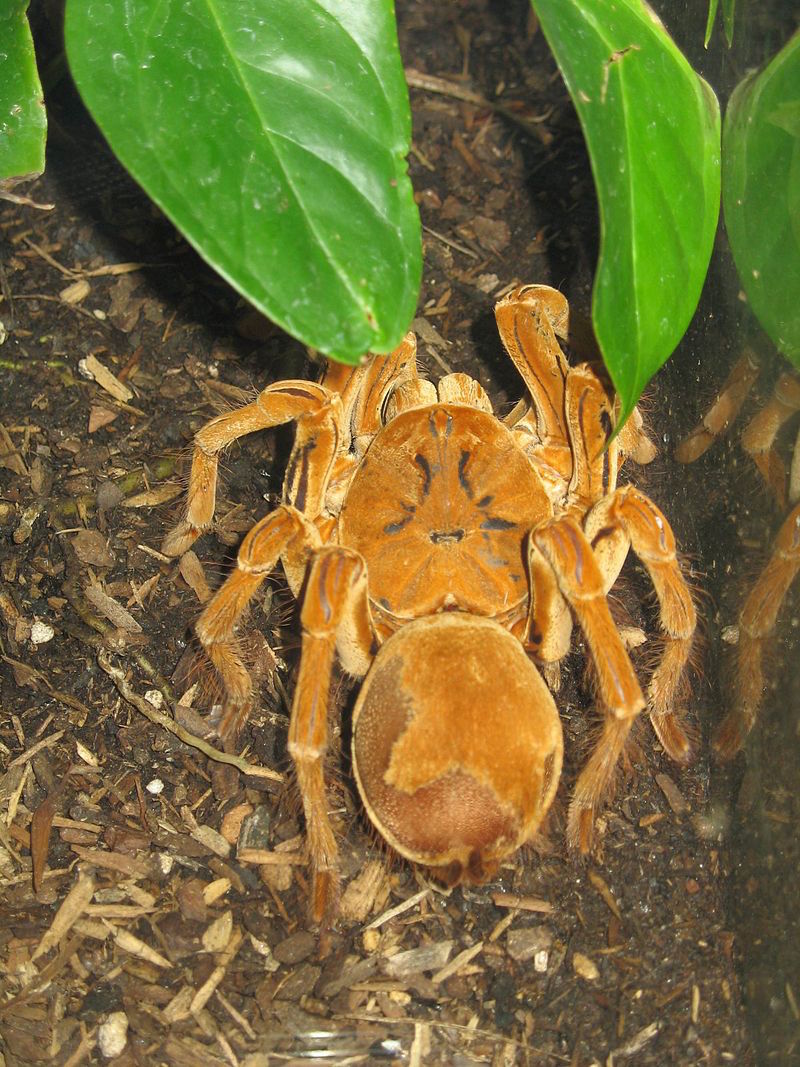


Spiders Of The Amazon Rainforest Cruises


10 Amazing Facts About The Amazon Rainforest In Ecuador Shiripuno Amazon Lodge
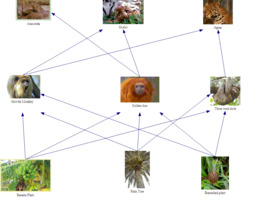


Forest Cartoon Clipart Diagram Food Forest Transparent Clip Art
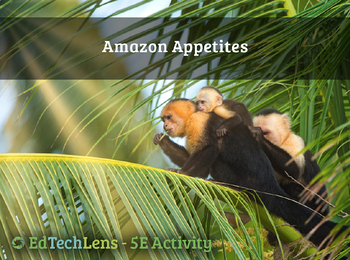


Amazon Rainforest Food Web Worksheets Teaching Resources Tpt


Food Chains And Food Webs Wwf
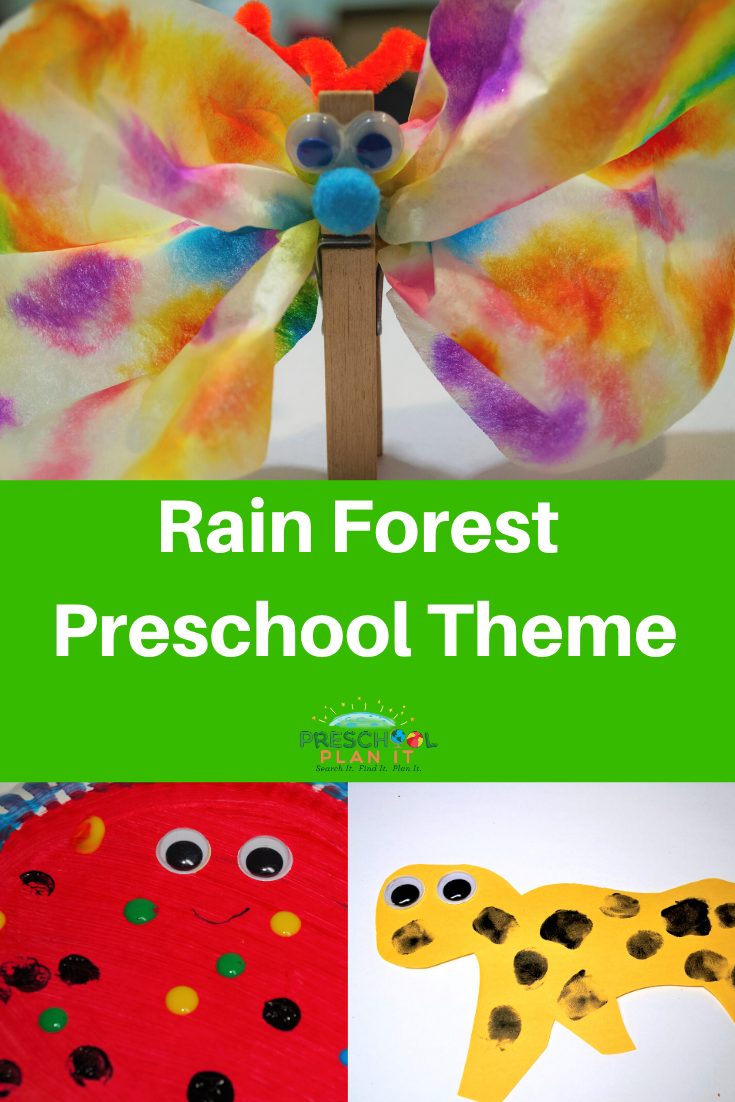


Rain Forest Layers Theme For Preschool
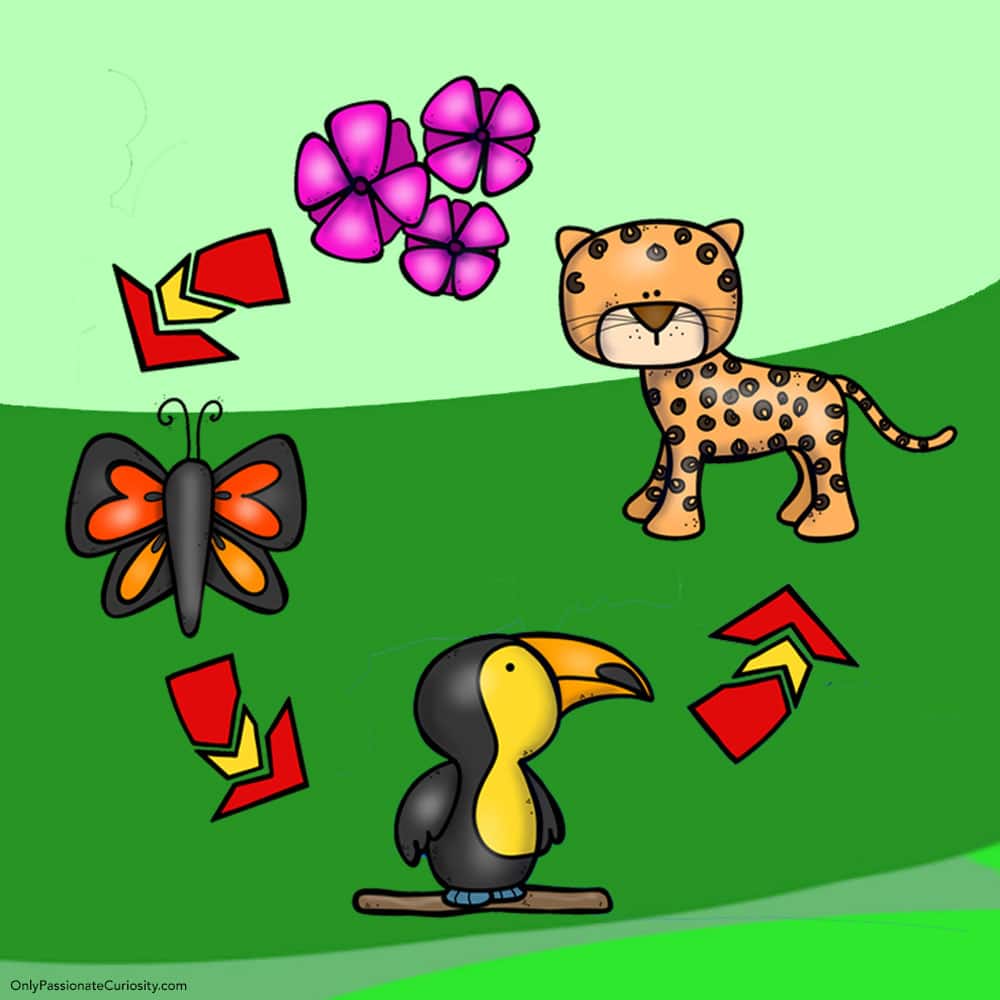


Learn About The Rainforest Food Chain Only Passionate Curiosity


Rainforest Animals



Flow Of Energy In Ecosystems Read Earth Science Ck 12 Foundation



Brazilian Amazon Has Lost Millions Of Wild Animals To Criminal Networks Report Finds Ecowatch



Ecology Of Ecosystems Openstax Biology 2e


コメント
コメントを投稿